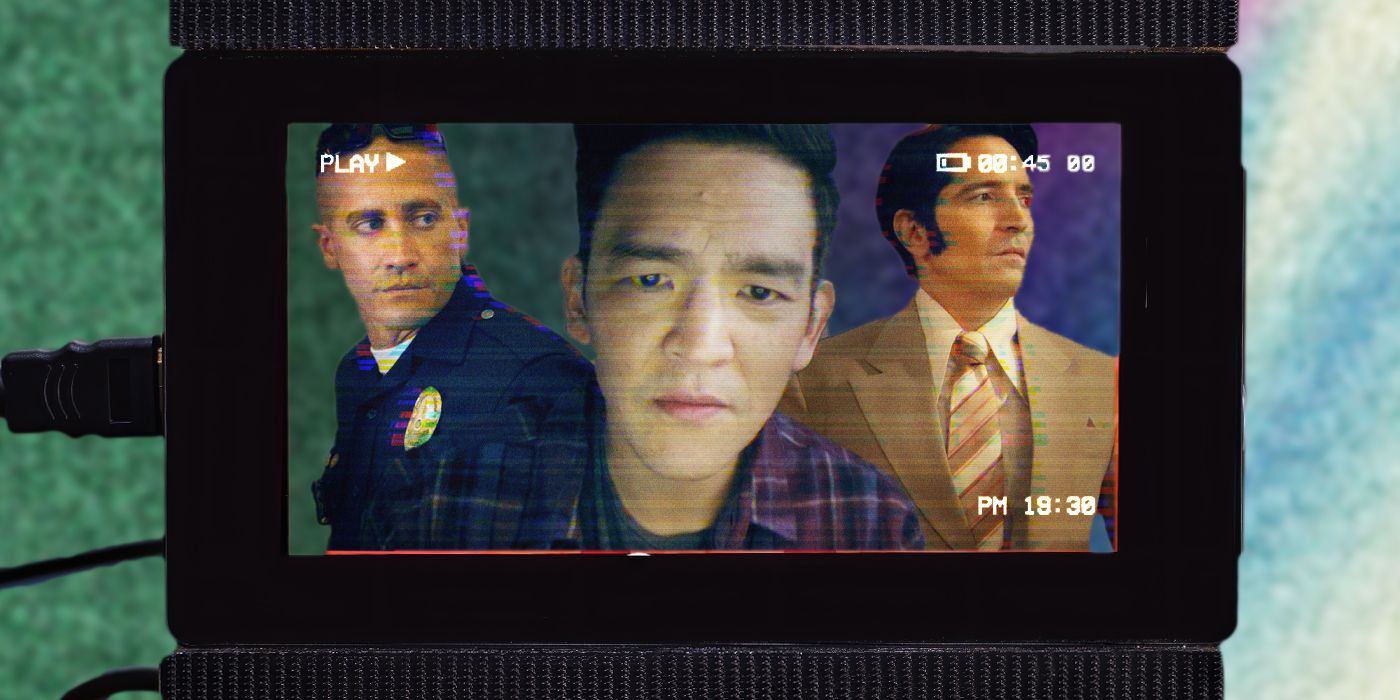In 1999, the horror landscape was changed forever by The Blair Witch Project. Thanks to its ingenious marketing campaign, Eduardo Sanchez and Daniel Myrick‘s film with a no-name cast of Heather Donahue, Michael C. Williams, and Joshua Leonard ended up grossing $248 million worldwide on just a $60,000 budget. Its effective found footage style led to a new subgenre that dominated horror for several years, but despite its success and what it created, we don’t talk enough about one of The Blair Witch Project‘s strongest elements. With the realism of its style and the lack of a score or even a monster, the film relied heavily on sound and visuals to scare its audience. Because of how subtle the approach is and the fact that we never see the titular entity, we tend to forget how graphic and outwardly scary parts of it are.
‘The Blair Witch Project’s Sound Effects Were Scarier Than Any Score
Seeing as how The Blair Witch Project was presented as real footage of three friends going into the woods and never returning, the movie couldn’t have a traditional score that told us how to feel. Horror, more than any genre, relies on a soundtrack to mess with our emotions and put us on edge. For example, imagine Halloween without John Carpenter‘s iconic musical cues. However, any presence of a score in The Blair Witch Project would have immediately killed the clever premise and taken the audience out of the plot, because we’d now know that this was just a Hollywood movie and we were safe. The quiet makes us feel as isolated and vulnerable as the characters.
Some of the most effective sounds in The Blair Witch Project come easily. The plot is little more than three college students walking through the woods in the fall and getting lost, so with every step they take, we hear the crunch of leaves and the snapping of twigs underfoot. The smallest of noises sounds big in this pronounced quiet, so far away from human civilization. We’re leaning in, our ears attuned to every little disruption, so that when the group hears something move around in the darkness, it sends a chill down our spine despite showing nothing. Would could be making that noise?!

Related
10 Found Footage Movies That Are Perfect From Start to Finish
“Don’t you touch the camera!”
Two uses of sound highlight just how much The Blair Witch Project does with so little. In one scene, our protagonists are in a tent at night when they hear kids laughing outside. Nope! That minimal sound, the contrast of little kids in a place where they should not be, in the darkness of nowhere, gives you goosebumps just reading about it. Later, after Josh disappears, we can hear him in that same darkness screaming, his words garbled, and his voice everywhere. It’s both heartbreaking and excruciatingly tense. Finally, we know the movie has come to an end when the screen goes to black and we get our only musical notes, as strings play for a brief second over the end title card. It’s our cue that the end has come, and these kids are never coming home.
Even Though We Don’t See the Witch, We Still Get Terrifying Visuals
Perhaps the best decision The Blair Witch Project makes is that it never shows us its titular monster. For some, this choice was disappointing, but it’s much scarier to imagine the worst things our mind can conjure up than to see the effects someone else invented and potentially be let down. The 2016 sequel, Blair Witch, showed the monster, and it was the design of every generic stereotype of the era. Still, just because the choice was made to hide that horror doesn’t mean no horror is shown in the film. No, The Blair Witch Project is not a gory body count movie, but it does still use visuals to terrify us. The fact that they are more subtle instead of constant and in our face only adds to the tension.
The Blair Witch Project finds many ways to get under our skin through our eyes. Everything gets real when the film moves from kids lost in the woods to finding those stick figures in the trees. Something or someone is out there. Then Josh disappears, and we hear his pained voice in the distance, but never see him again. When Heather opens the tied-together twigs and finds his bloody tongue, we are forced to imagine what horrors he went through. It’s arguably the most shocking moment of the film because, despite the scares, it is a bloodless story except for this one scene. We can no longer hope that our characters are close to safety. The Blair Witch Project prefers we use our imagination most of the time, but in those few seconds, it shoves the blood and guts right in our faces and forces us to look.
Lastly, there is that frightening final scene. After an hour of nothing but trees, just having a dilapidated house show up in the darkness is better than any jump scare, which The Blair Witch Project has none of. Inside the home, we see dozens of small handprints on the walls. Now your heart is beating even faster as you imagine little children in this desolate place. It all leads to the final shot of Mike standing in a basement corner as Heather screams. Alternate unused scenes tried to make the visuals bigger, with Mike tied up or staring right at Heather, but by doing nothing more than turning him away, we are left to wonder who made him do this. We don’t see the witch, but we know she’s close by. It’s that subtlety that makes The Blair Witch Project a horror classic. Rather than giving us grisly monsters jumping out of the dark, it strips everything away and makes the minimal nearly impossible to bear.
